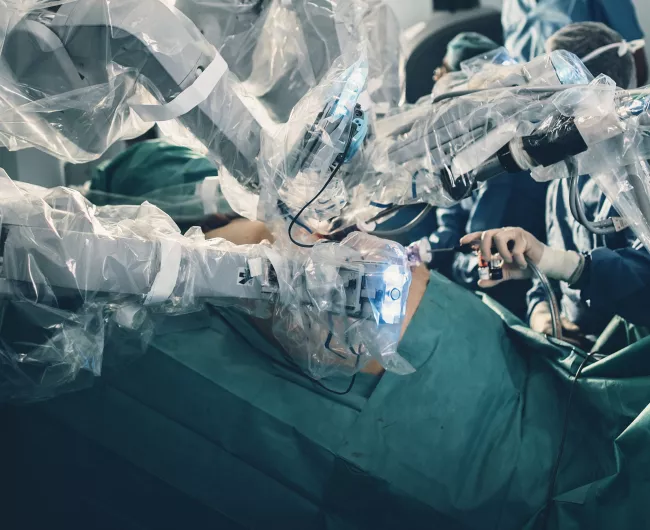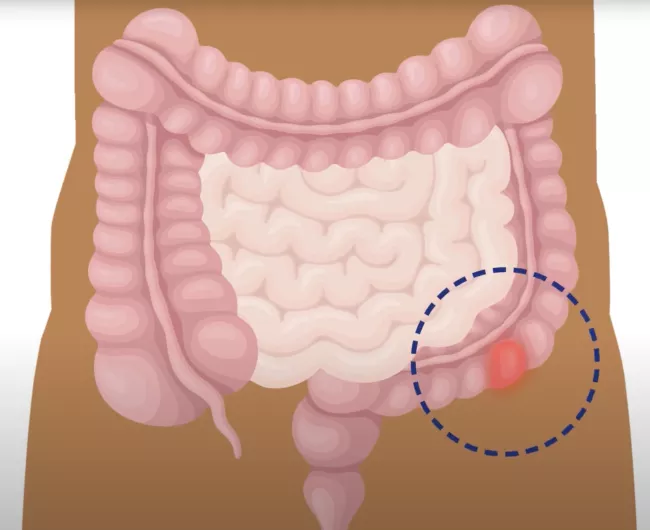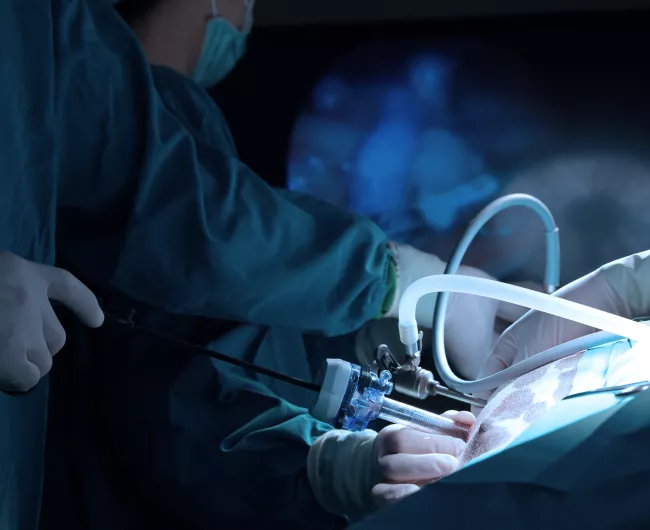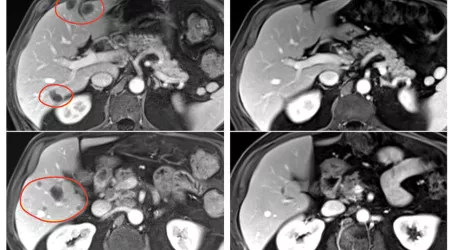3X Match My Gift
Act now through 12/31! Triple your impact to support colorectal cancer patients, survivors, and caregivers.

Robotic-assisted surgery (also called robotic surgery) is a type of minimally invasive surgery.
Robotic surgery allows doctors to perform complex procedures with more precision, flexibility, and control than is possible with the human hand.
Instead of a large incision, the surgeon makes a few very small incisions (about ¼ to ½ inch) into the abdomen to insert the small “arms” of the robot. A slightly larger incision, about two inches wide, is made to remove the tumor.

Advantages to robotic-assisted surgery are similar to those of laparoscopic surgery.
They include:

Many colorectal cancer patients are good candidates for robotic-assisted colectomy surgery.
The best option for you depends on several factors, including:

Learn more about how robotic-assisted surgery is used for colorectal surgery in this helpful video.

While these two methods are similar, there are some differences:
Laparoscopic surgery is performed by hand, with the help of a two-dimensional camera.
Robotic-assisted surgery requires the surgeon to operate instruments from outside the patient’s body, using aconsole and a three-dimensional camera.

When Kate Shin’s mother faced rectal cancer, clinical trials gave them precious time together. Now, Kate shares her story to encourage access to screening and innovative care, including clinical trials.

The 2025 ASCO Annual Meeting featured several important studies that could change how colorectal cancer is treated, including a pivotal study for BRAF V600E patients.

A new kind of tumor infiltrating lymphocyte (TIL) therapy improved the treatment’s effectiveness in patients with metastatic GI cancers.